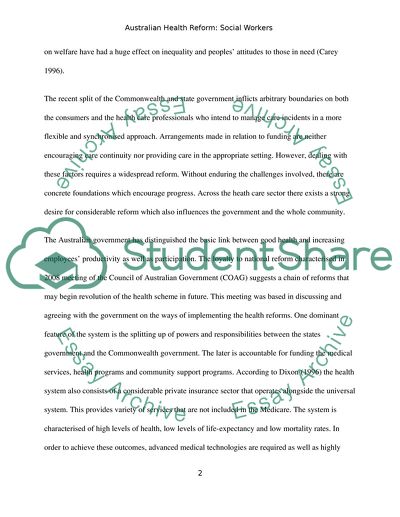Cite this document
(Australian Health Reform: Social Workers Research Paper, n.d.)
Australian Health Reform: Social Workers Research Paper. Retrieved from https://studentshare.org/health-sciences-medicine/1738387-policy-analysis
Australian Health Reform: Social Workers Research Paper. Retrieved from https://studentshare.org/health-sciences-medicine/1738387-policy-analysis
(Australian Health Reform: Social Workers Research Paper)
Australian Health Reform: Social Workers Research Paper. https://studentshare.org/health-sciences-medicine/1738387-policy-analysis.
Australian Health Reform: Social Workers Research Paper. https://studentshare.org/health-sciences-medicine/1738387-policy-analysis.
“Australian Health Reform: Social Workers Research Paper”, n.d. https://studentshare.org/health-sciences-medicine/1738387-policy-analysis.


